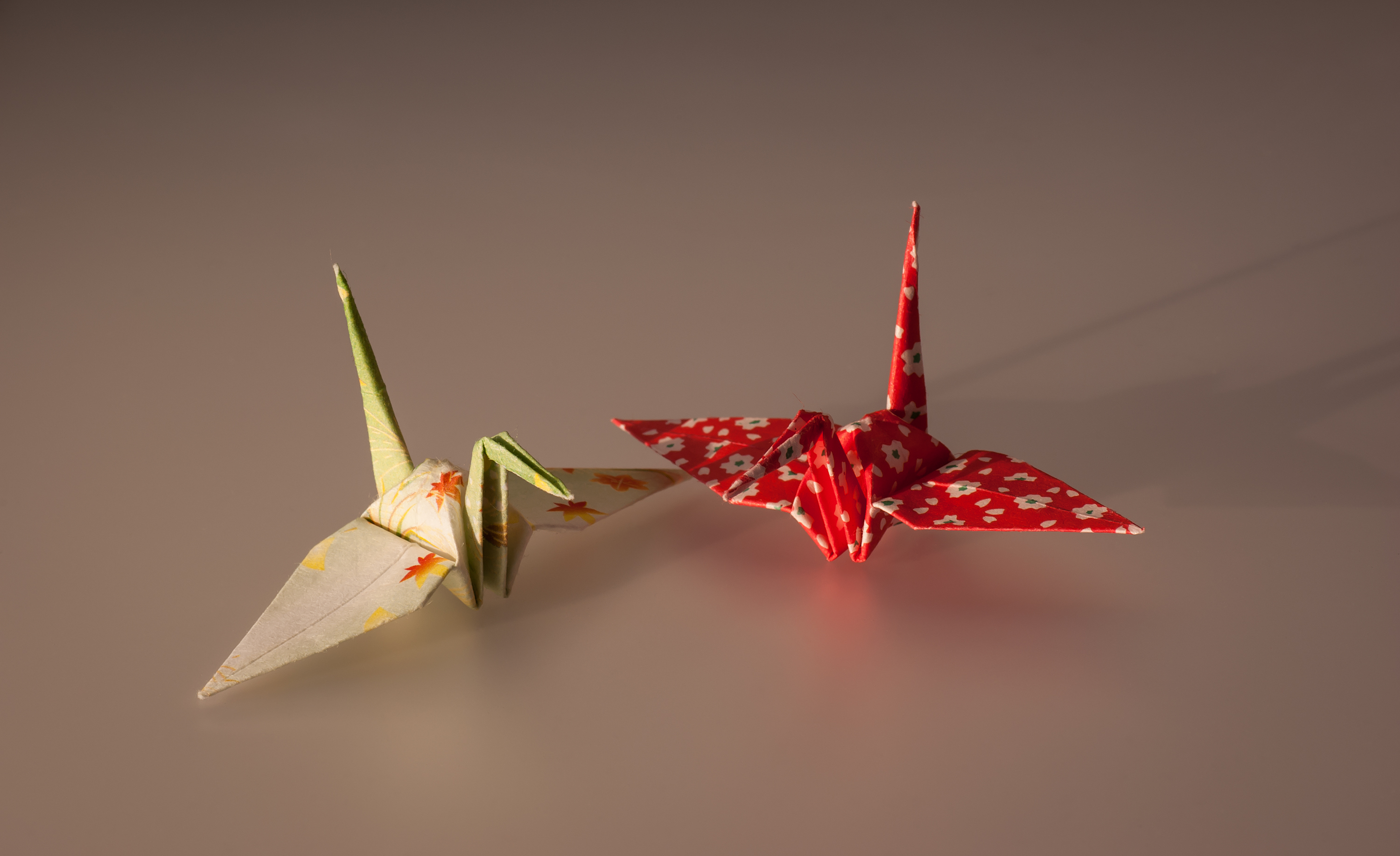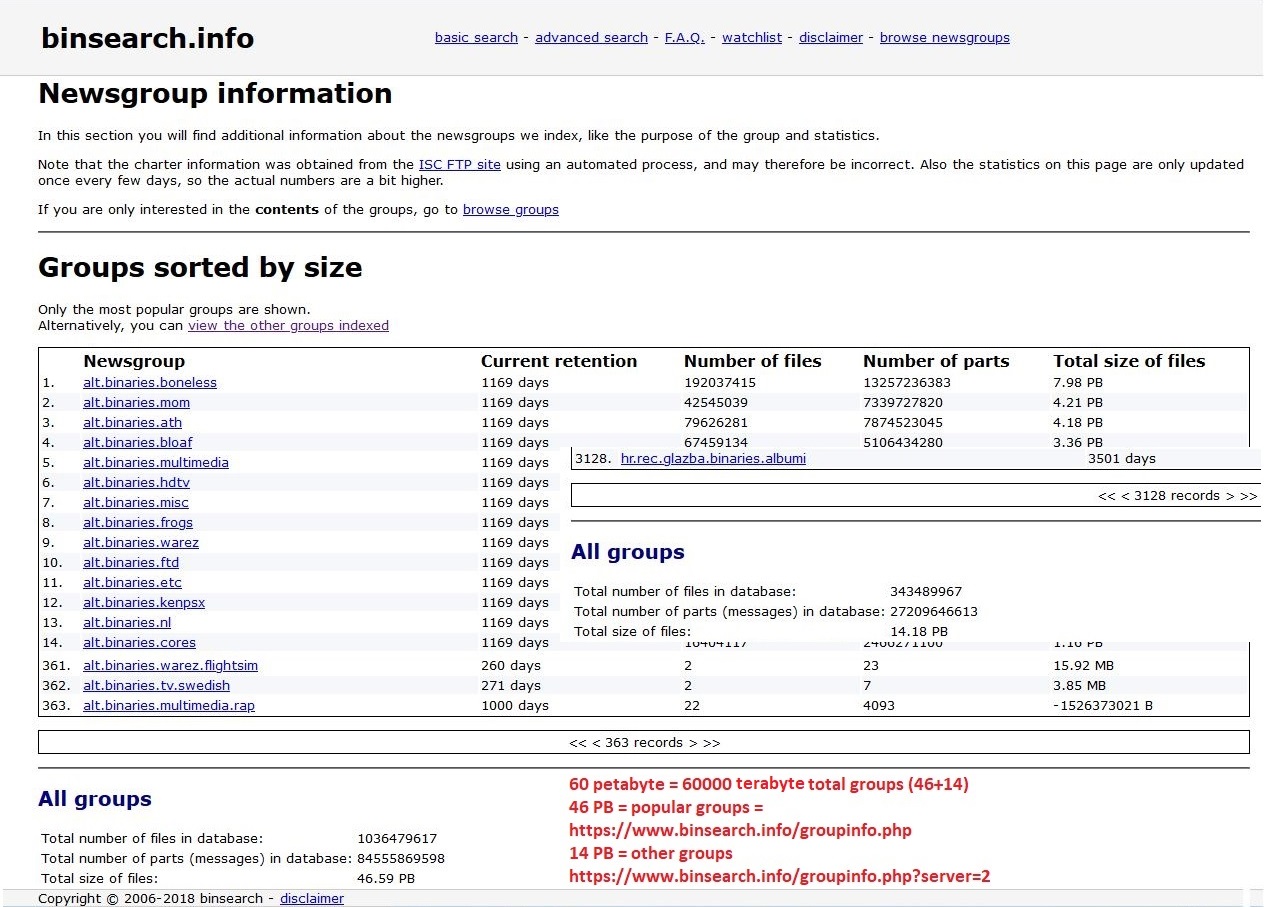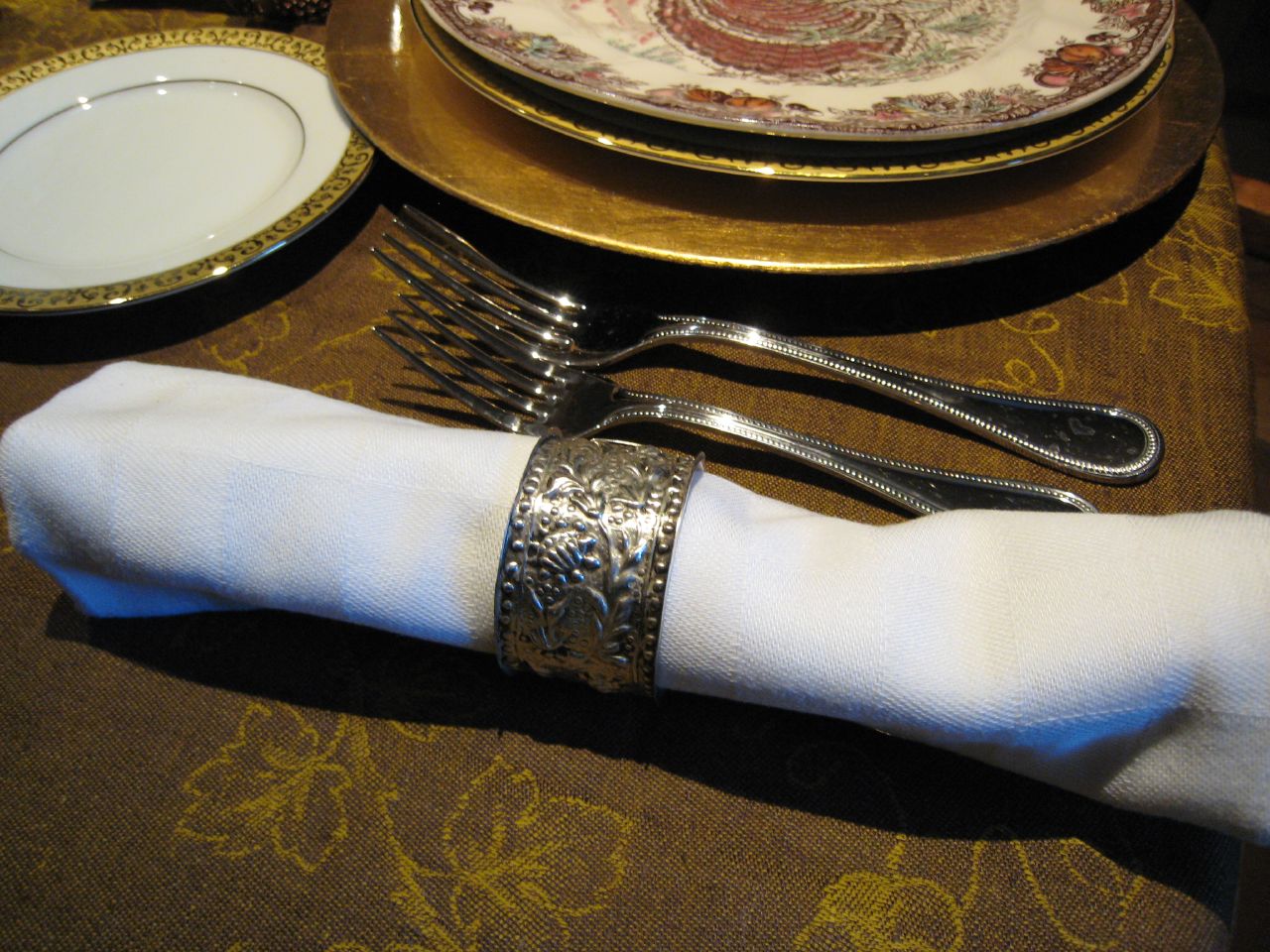|
Napkin Folding Problem
The napkin folding problem is a problem in geometry and the mathematics of paper folding that explores whether folding a square or a rectangular napkin can increase its perimeter. The problem is known under several names, including the Margulis napkin problem, suggesting it is due to Grigory Margulis, and the Arnold's rouble problem referring to Vladimir Arnold and the folding of a Russian ruble bank note. It is the first problem listed by Arnold in his book ''Arnold's Problems'', where he calls it the rumpled dollar problem. Some versions of the problem were solved by Robert J. Lang, Svetlana Krat, Alexey S. Tarasov, and Ivan Yaschenko. One form of the problem remains open. Formulations There are several way to define the notion of folding, giving different interpretations. By convention, the napkin is always a unit square. Folding along a straight line Considering the folding as a reflection along a line that reflects all the layers of the napkin, the perimeter is always no ... [...More Info...] [...Related Items...] OR: [Wikipedia] [Google] [Baidu] |
Geometry
Geometry (; ) is a branch of mathematics concerned with properties of space such as the distance, shape, size, and relative position of figures. Geometry is, along with arithmetic, one of the oldest branches of mathematics. A mathematician who works in the field of geometry is called a ''List of geometers, geometer''. Until the 19th century, geometry was almost exclusively devoted to Euclidean geometry, which includes the notions of point (geometry), point, line (geometry), line, plane (geometry), plane, distance, angle, surface (mathematics), surface, and curve, as fundamental concepts. Originally developed to model the physical world, geometry has applications in almost all sciences, and also in art, architecture, and other activities that are related to graphics. Geometry also has applications in areas of mathematics that are apparently unrelated. For example, methods of algebraic geometry are fundamental in Wiles's proof of Fermat's Last Theorem, Wiles's proof of Fermat's ... [...More Info...] [...Related Items...] OR: [Wikipedia] [Google] [Baidu] |
Origami
) is the Japanese art of paper folding. In modern usage, the word "origami" is often used as an inclusive term for all folding practices, regardless of their culture of origin. The goal is to transform a flat square sheet of paper into a finished sculpture through folding and sculpting techniques. Modern origami practitioners generally discourage the use of cuts, glue, or markings on the paper. Origami folders often use the Japanese word ' to refer to designs which use cuts. In the detailed Japanese classification, origami is divided into stylized ceremonial origami (儀礼折り紙, ''girei origami'') and recreational origami (遊戯折り紙, ''yūgi origami''), and only recreational origami is generally recognized as origami. In Japan, ceremonial origami is generally called "origata" ( :ja:折形) to distinguish it from recreational origami. The term "origata" is one of the old terms for origami. The small number of basic origami folds can be combined in a variety of ... [...More Info...] [...Related Items...] OR: [Wikipedia] [Google] [Baidu] |
Igor Pak
Igor Pak () (born 1971, Moscow, Soviet Union) is a professor of mathematics at the University of California, Los Angeles, working in combinatorics and discrete probability. He formerly taught at the Massachusetts Institute of Technology and the University of Minnesota, and he is best known for his bijective proof of the hook-length formula for the number of Young tableaux, and his work on random walks. He was a keynote speaker alongside George Andrews and Doron Zeilberger at the 2006 Harvey Mudd College Mathematics Conference on Enumerative Combinatorics. Pak is an Associate Editor for the journal ''Discrete Mathematics''. He gave a Fejes Tóth Lecture at the University of Calgary in February 2009. In 2018, he was an invited speaker at the International Congress of Mathematicians in Rio de Janeiro. Background Pak went to Moscow High School № 57. After graduating, he worked for a year at Bank Menatep. He did his undergraduate studies at Moscow State University. He was a ... [...More Info...] [...Related Items...] OR: [Wikipedia] [Google] [Baidu] |
A K Peters
A K Peters, Ltd. was a publisher of scientific and technical books, specializing in mathematics and in computer graphics, robotics, and other fields of computer science. They published the journals '' Experimental Mathematics'' and the '' Journal of Graphics Tools'', as well as mathematics books geared to children. Background Klaus Peters wrote a doctoral dissertation on complex manifolds at the University of Erlangen in 1962, supervised by Reinhold Remmert. He then joined Springer Verlag, becoming their first specialist mathematics editor. As a Springer director from 1971, he hired Alice Merker for Springer New York: they were married that year, and moved to Heidelberg. Leaving Springer, they founded Birkhäuser Boston in 1979; Birkhäuser ran into financial difficulties, and was taken over by Springer. Klaus and Alice then spent a period running a Boston office for Harcourt Brace Jovanovich and their imprint Academic Press. With the takeover of Harcourt Brace Jovanovich by ... [...More Info...] [...Related Items...] OR: [Wikipedia] [Google] [Baidu] |
Dover Publications
Dover Publications, also known as Dover Books, is an American book publisher founded in 1941 by Hayward and Blanche Cirker. It primarily reissues books that are out of print from their original publishers. These are often, but not always, books in the public domain. The original published editions may be scarce or historically significant. Dover republishes these books, making them available at a significantly reduced cost. Classic reprints Dover reprints classic works of literature, classical sheet music, and public-domain images from the 18th and 19th centuries. Dover also publishes an extensive collection of mathematical, scientific, and engineering texts. It often targets its reprints at a niche market, such as woodworking. Starting in 2015, the company branched out into graphic novel reprints, overseen by Dover acquisitions editor and former comics writer and editor Drew Ford. Most Dover reprints are photo facsimiles of the originals, retaining the original pagination ... [...More Info...] [...Related Items...] OR: [Wikipedia] [Google] [Baidu] |
The Mathematical Intelligencer
''The Mathematical Intelligencer'' is a mathematical journal published by Springer Science+Business Media that aims at a conversational and scholarly tone, rather than the technical and specialist tone more common among academic journals. Volumes are released quarterly with a subset of open access articles. Some articles have been cross-published in the ''Scientific American''. Karen Parshall and Sergei Tabachnikov are currently the co-editors-in-chief. History The journal was started informally in 1971 by Walter Kaufmann-Buehler and Alice and Klaus Peters. "Intelligencer" was chosen by Kaufmann-Buehler as a word that would appear slightly old-fashioned. An exploration of mathematically themed stamps, written by Robin Wilson, became one of its earliest columns. Prior to 1977, articles of the ''Intelligencer'' were not contained in regular volumes and were sent out sporadically to those on a mailing list. To gauge interest, the inaugural mailing included twelve thousand people ... [...More Info...] [...Related Items...] OR: [Wikipedia] [Google] [Baidu] |
Folklore
Folklore is the body of expressive culture shared by a particular group of people, culture or subculture. This includes oral traditions such as Narrative, tales, myths, legends, proverbs, Poetry, poems, jokes, and other oral traditions. This also includes material culture, such as traditional building styles common to the group. Folklore also encompasses customary lore, taking actions for folk beliefs, including folk religion, and the forms and rituals of celebrations such as Christmas, weddings, folk dances, and Rite of passage, initiation rites. Each one of these, either singly or in combination, is considered a Cultural artifact, folklore artifact or Cultural expressions, traditional cultural expression. Just as essential as the form, folklore also encompasses the transmission of these artifacts from one region to another or from one generation to the next. Folklore is not something one can typically gain from a formal school curriculum or study in the fine arts. Instead, thes ... [...More Info...] [...Related Items...] OR: [Wikipedia] [Google] [Baidu] |
Newsgroup
A Usenet newsgroup is a repository usually within the Usenet system for messages posted from users in different locations using the Internet. They are not only discussion groups or conversations, but also a repository to publish articles, start developing tasks like creating Linux, sustain mailing lists and file uploading. That’s thank to the protocol that poses no article size limit, but are to the providers to decide. In the late 1980s, Usenet articles were often limited by the providers to 60,000 characters, but in time, Usenet groups have been split into two types: ''text'' for mainly discussions, conversations, articles, limited by most providers to about 32,000 characters, and ''binary'' for file transfer, with providers setting limits ranging from less than 1 MB to about 4 MB. Newsgroups are technically distinct from, but functionally similar to, discussion forums on the World Wide Web. Newsreader software is used to read the content of newsgroups. Before the adoption ... [...More Info...] [...Related Items...] OR: [Wikipedia] [Google] [Baidu] |
Jim Propp
James Gary Propp is a professor of mathematics at the University of Massachusetts Lowell. Education and career In high school, Propp was one of the national winners of the United States of America Mathematical Olympiad (USAMO), and an alumnus of the Hampshire College Summer Studies in Mathematics. Propp obtained his AB in mathematics in 1982 at Harvard. After advanced study at Cambridge, he obtained his PhD from the University of California at Berkeley. He has held professorships at seven universities, including Harvard, MIT, the University of Wisconsin, and the University of Massachusetts Lowell. Mathematical research Propp is the co-editor of the book ''Microsurveys in Discrete Probability'' (1998) and has written more than fifty journal articles on game theory, combinatorics and probability, and recreational mathematics. He lectures extensively and has served on the Mathematical Olympiad Committee of the Mathematical Association of America, which sponsors the USAMO. In the ... [...More Info...] [...Related Items...] OR: [Wikipedia] [Google] [Baidu] |
Sea Urchin
Sea urchins or urchins () are echinoderms in the class (biology), class Echinoidea. About 950 species live on the seabed, inhabiting all oceans and depth zones from the intertidal zone to deep seas of . They typically have a globular body covered by a spine (zoology), spiny protective test (biology), tests (hard shells), typically from across. Sea urchins move slowly, crawling with their tube feet, and sometimes pushing themselves with their spines. They feed primarily on algae but also eat slow-moving or sessility (motility), sessile animals such as crinoids and sponges. Their predators include sharks, sea otters, starfish, wolf eels, and triggerfish. Like all echinoderms, adult sea urchins have pentagonal symmetry with their Echinoderm#Larval development, pluteus larvae featuring Bilateral symmetry, bilateral (mirror) symmetry; The latter indicates that they belong to the Bilateria, along with chordates, arthropods, annelids and molluscs. Sea urchins are found in every ocea ... [...More Info...] [...Related Items...] OR: [Wikipedia] [Google] [Baidu] |
Origami Techniques
) is the Japanese paper art, art of Paper folding (other), paper folding. In modern usage, the word "origami" is often used as an inclusive term for all folding practices, regardless of their culture of origin. The goal is to transform a flat square sheet of paper into a finished sculpture through folding and sculpting techniques. Modern origami practitioners generally discourage the use of cuts, glue, or markings on the paper. Origami folders often use the Japanese word ' to refer to designs which use cuts. In the detailed Japanese classification, origami is divided into stylized ceremonial origami (儀礼折り紙, ''girei origami'') and recreational origami (遊戯折り紙, ''yūgi origami''), and only recreational origami is generally recognized as origami. In Japan, ceremonial origami is generally called "origata" (:ja:折形) to distinguish it from recreational origami. The term "origata" is one of the old terms for origami. The small number of basic Origam ... [...More Info...] [...Related Items...] OR: [Wikipedia] [Google] [Baidu] |
Napkin Folding Problem Lang N 5
A napkin, serviette or face towelette is a square of cloth or paper tissue used at the table for wiping the mouth and fingers while eating. It is also sometimes used as a bib by tucking it into a shirt collar. It is usually small and folded, sometimes in intricate designs and shapes. Etymology and terminology The term 'napkin' dates from the 14th century, in the sense of a piece of cloth or paper used at mealtimes to wipe the lips or fingers and to protect clothing. The word derives from the Late Middle English ''nappekin'', from Old French '':wikt:nappe#French">nappe'' (tablecloth, from Latin ''wikt:mappa#Latin, mappa''), with the suffix '':wikt:-kin#English, -kin''. A 'napkin' can also refer to a small cloth or towel, such as a handkerchief in dialectal British, or a kerchief in Scotland. 'Napkin' may also be short for "sanitary napkin". Description Conventionally, the napkin is folded and placed to the left of the place setting, outside the outermost fork. In a rest ... [...More Info...] [...Related Items...] OR: [Wikipedia] [Google] [Baidu] |







